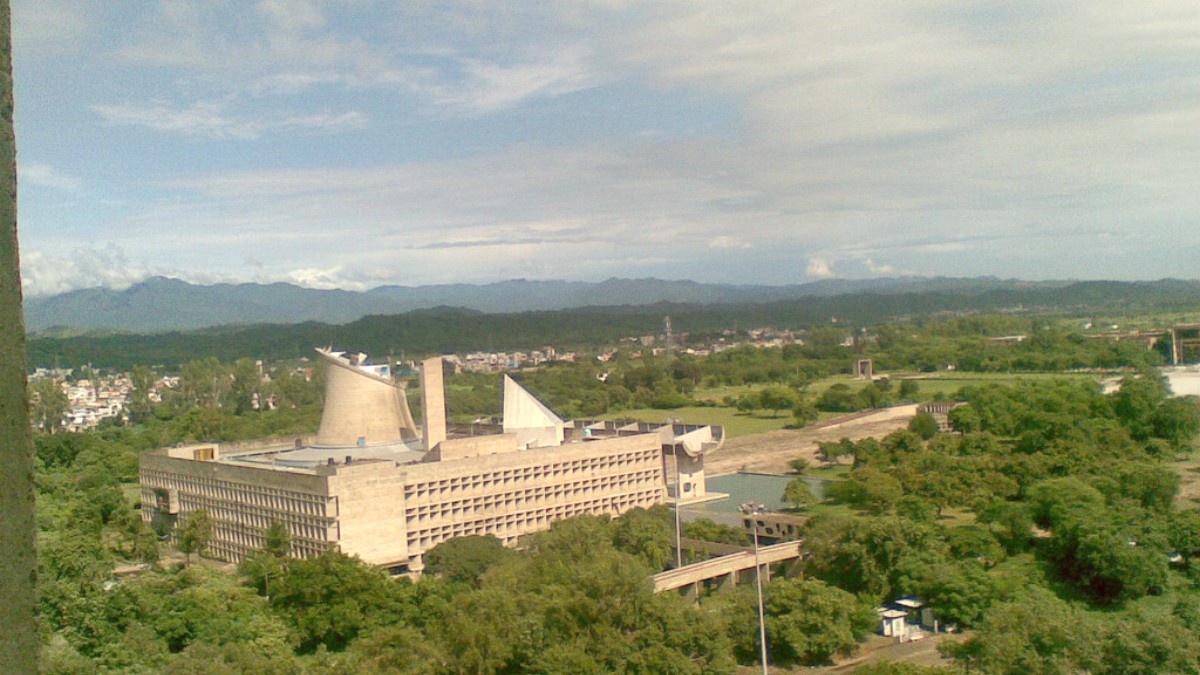
Punjab And Haryana, India
For summer (April-June), lightweight, loose-fitting, breathable fabrics like cotton or linen are best. Light colors reflect sunlight. Long sleeves and pants offer skin protection and modesty. For monsoon (July-September), choose lightweight, quick-drying clothing. A Waterproof rain jacket or a Compact umbrella is useful. Winter (December-March) needs warm layers: sweaters, fleeces, a medium-weight jacket. Thermal underwear, a Scarf, hat, and Gloves add warmth.
For hiking/outdoor activities, comfortable, moisture-wicking clothing is beneficial. Sturdy walking shoes support extended periods of walking. If your accommodation has a pool, bring modest Swimwear or Swimsuits. For religious sites, follow modesty guidelines: covered shoulders, knees, and a head covering. Pack smart casual to formal attire for formal events, depending on the event's nature.
Carry your original passport and several photocopies, kept separately. Print copies of your e-Visa authorization letter or physical visa.
Keep a printed copy of your policy and digital access. Obtain an International Driving Permit (IDP) if you drive. Carry vaccination records.
Retain printed and digital copies of all hotel, flight, and train bookings. Compile a list of important phone numbers for emergencies.
India uses 230V, 50 Hz. Plug types are mainly C, D, and M (Type D most common). A Universal Travel Adapter with Type D compatibility is recommended. Most modern smartphones are compatible with Indian networks; ensure your phone is unlocked for local SIM cards (Airtel, Jio). A Portable Power Bank with at least 10,000mAh capacity helps keep devices charged.
A Smartphone camera is often sufficient for casual photos. For serious photographers, a DSLR or Mirrorless camera delivers higher quality. Pack extra batteries and sufficient memory cards. A Lightweight tripod helps with low-light shots.
These apps streamline your travel experience. Google Maps helps with navigation; download offline maps for areas you plan to visit. Ola and Uber are widely available in major cities for convenient transportation. Google Translate with offline Hindi and Punjabi packs helps overcome language barriers. WhatsApp is commonly used for local communication.
Utilize services like Google Drive or Dropbox for important documents and photos.
An External hard drive or USB stick provides a backup for large files.
A Small padlock for luggage and an RFID Blocking Wallet for credit cards are good additions.
A well-stocked personal health kit prepares you for common travel ailments. Include bandages, antiseptic wipes, pain relievers (e.g., Ibuprofen, Acetaminophen), Anti-diarrhea medication (e.g., Imodium), rehydration salts (ORS), and allergy medication. A comprehensive Travel First Aid Kit helps. Bring enough prescription medications in original packaging, with a doctor's note for controlled substances.
Protect yourself from the elements. Use Insect Repellent with DEET or Picaridin. Apply High SPF Sunscreen (30+ or 50+), wear Sunglasses, and a Wide-brimmed hat. Tap water is not safe; use Water purification tablets or a Personal water filter bottle like LifeStraw. Altitude sickness is not a concern in Punjab.
Long journeys are more tolerable with these additions. A Travel Pillow, Eye mask, and Earplugs are useful for long train or bus journeys, aiding rest despite noise or light.
Protect your valuables. A Small padlock for luggage or hostel lockers. A Money Belt or neck pouch keeps passports, cash, and credit cards secure and out of sight. An RFID Blocking Wallet protects credit cards from unauthorized scanning.
Reduce your environmental impact. Carry a Reusable Water Bottle to minimize plastic waste. A Reusable Shopping Bag is useful for market purchases. Consider a reusable set of Travel utensils if eating street food frequently.
Choosing sustainable travel items minimizes your environmental footprint and supports local economies responsibly. Reduce single-use plastic by carrying reusable alternatives. Support local artisans and businesses directly.
Engaging with local communities fosters authentic experiences. Choose locally-owned accommodations and restaurants. Purchase handicrafts and souvenirs directly from artisans.
Mandatory for religious sites.
For safe hydration, reduce plastic.
For markets and shopping.
Ease of use at religious sites.
For religious sites, a dedicated small bag for shoes is helpful.
Roll clothes tightly to maximize space and minimize wrinkles. Consider packing cubes for organization.